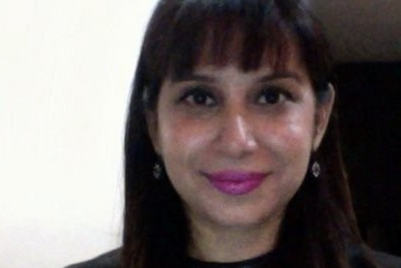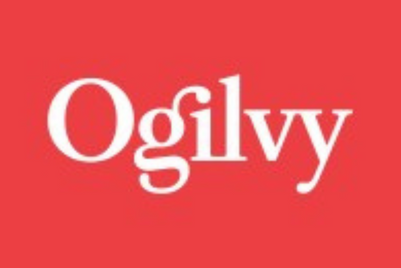
If Ranjan had to do it all over again he would have been a huge success as a Boho artist or as a start up kid. He had bits of both in his DNA.
All of us, at some time, made it to Ranjan’s doodles and caricatures, our uncanny likenesses caught while we were making serious presentations or in client reviews. (Ranjan, you were supposed to be paying attention!)
He collected art but he also dabbled in different media himself. He was entirely self-taught but his art was pretty darn good – whether it was modeling clay and Fevicol figures like Poptalal Kirkitwale, matchstick men, or pen and ink drawings.
He showed me the magic of ideas far beyond advertising. He was known to be interested enough in ideas to invest in them in his personal capacity. You just have to read some of the tributes on his FB page to know the kind of stuff that excited him.
He was prescient when it came to the future of the business. Back in the nineties he saw the rise of the digital world, telling us to focus on communication platforms rather than advertising as we knew it and why healthcare would be the next big advertising opportunity. I can think of so many more of his predictions that came true. His love for ideas and concepts was infectious and there were no hierarchies or rank pulled in the spirit of a good argument. His home was always open to us and his wife Jimi knew each one of us personally.
In the eighties (1980s) he was the popular deputy managing director of Ogilvy before going into the Asia Pacific region. He then came back as Mani Ayer’s successor in the nineties. Because he had worked in APAC and New York (I am not sure which came first) he understood how Ogilvy had to sit in with the globalised agency structure, which was then very new thinking. There was his crusading zeal for the Hofstede model that looked at the culture and values of a society (prescient again, Ranjan) and 360 degrees of communication. I internalised both despite vociferous arguments, as I am sure did many of my contemporaries. Later, I worked in the Ogilvy Asia Pacific network and the respect and fondness with which people spoke about Ranjan across countries in the region was eye opening.
It has been said that he didn’t get enough credit for Ogilvy’ great success story into the new millennium and the noughties, but to anyone who knew Ogilvy or worked there it was clear that he was the shaper and architect of what is today’s Ogilvy India. He forged a formidable partnership with Piyush Pandey his creative partner and friend. Like it will always be with two emotional people there were ups and downs in the relationship but they always regained solid, unshakeable ground. It wouldn’t be the industry we knew otherwise.
After Ogilvy, Ranjan became the WPP head in India. There are many people with stories of how he impacted them in that capacity but for me, Ranjan will always represent Ogilvy and a time of great optimism. He thrived on work and he was active to the end. There were meetings he had attended last week and lunch appointments he had scheduled for this week.
The turnout at his funeral showed just how many people from different spheres he touched. Advertising CEO’s, media heads, software professionals, venture capitalists, designers, artists, his loyal secretary Sylvia, students, musicians, writers, and filmmakers – they had all come to say good-bye to a dear friend.
(Geeta Rao has been Group Creative Director, Ogilvy India and Regional Creative Director Ogilvy Asia Pacific.)
Also read:
R.I.P Ranjan Kapur


.jpg&h=334&w=500&q=100&v=20250320&c=1)
.jpg&h=334&w=500&q=100&v=20250320&c=1)

.jpg&h=334&w=500&q=100&v=20250320&c=1)


.jpg&h=334&w=500&q=100&v=20250320&c=1)


.jpg&h=334&w=500&q=100&v=20250320&c=1)





.jpg&h=268&w=401&q=100&v=20250320&c=1)


